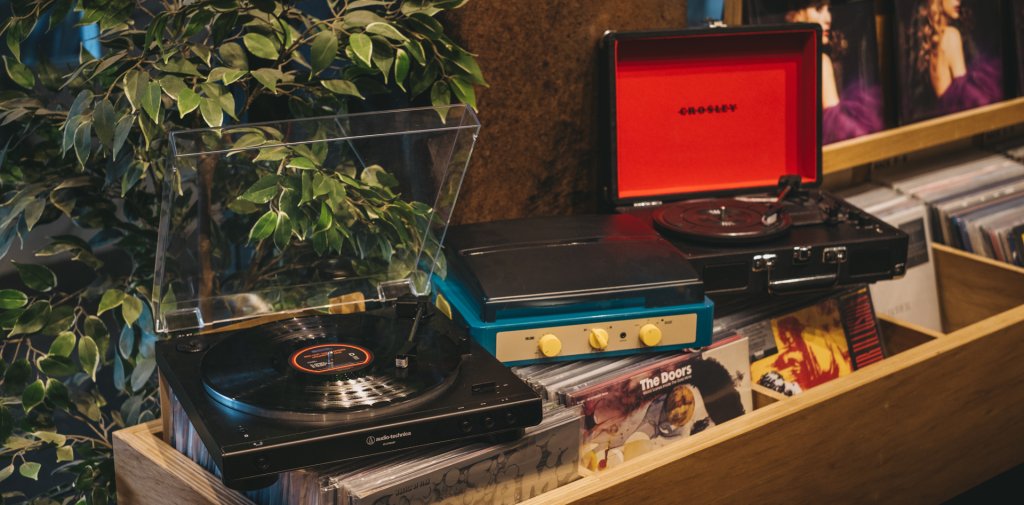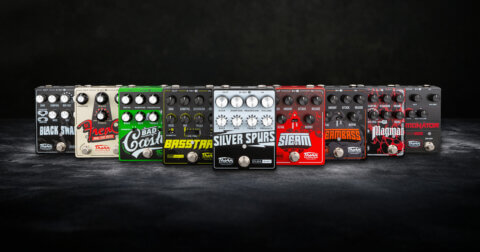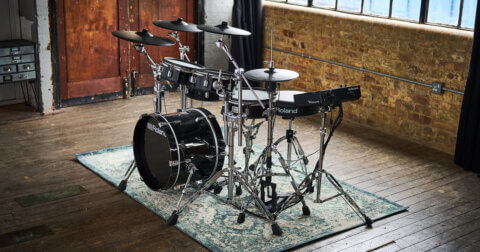There’s no denying it – the vinyl and turntable combo is making one hell of a comeback and it’s here to stay! There are so many reasons vinyl is so desirable. The physical connection of owning a beautiful copy of an album you love. Or pulling a record out of its sleeve and setting it down on a turntable platter. It all plays a part in making records feel so special.
We’ll admit – for someone who’s just keen to start their turntable journey, the process is daunting. Thankfully, kickstarting your record listening setup isn’t exclusive to audio junkies. You don’t need to splash out thousands or put together complicated setups just to listen to your beloved records. Today, brands are making great turntables for casual listeners who are just starting on their turntable journey.
Plug and play
As a generation used to convenience – it’s not surprising turntables have gone down the plug-and-play route. If you’re brand new to all of this and you’re looking to keep your budgets small, this might be the best way to dip your toes into the world of turntables.
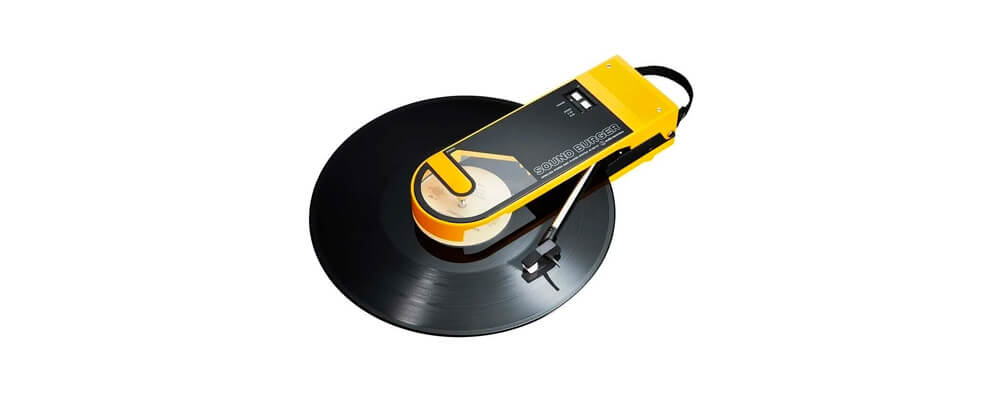
Turntables from Audio Technica, Crosley and Gadhouse have everything you need to start playing your vinyl collection. You can dive in without having to invest in a full setup, and at an affordable price point. They come in an attractive compact design that sits pretty on a table in your home.
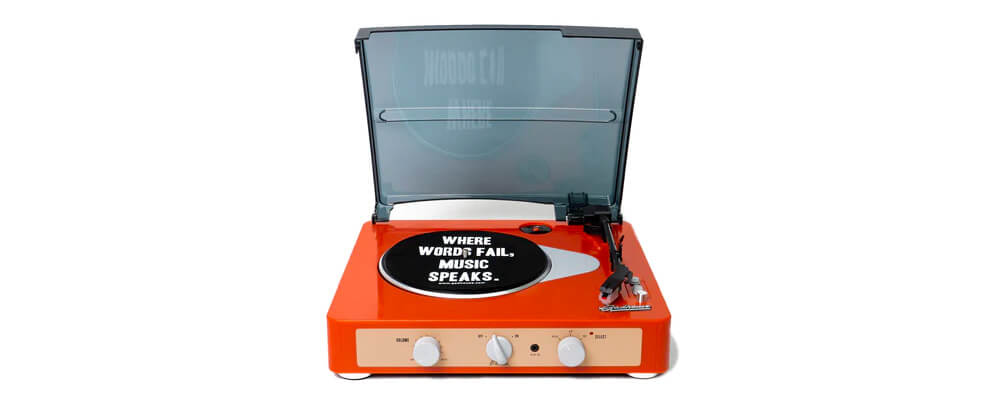
The setup includes a built-in speaker, removing the need to search for the correct cables and connections. But if you find yourself craving an even better sound, fret not. You can easily connect the Crosley or the Gadhouse to a larger pair of speakers.
The Turntable and Speaker Setup
For those looking for a home set-up with great sound, consider getting a turntable hooked up to a separate pair of speakers. This is probably the picture you have in your head when you think of a turntable setup.
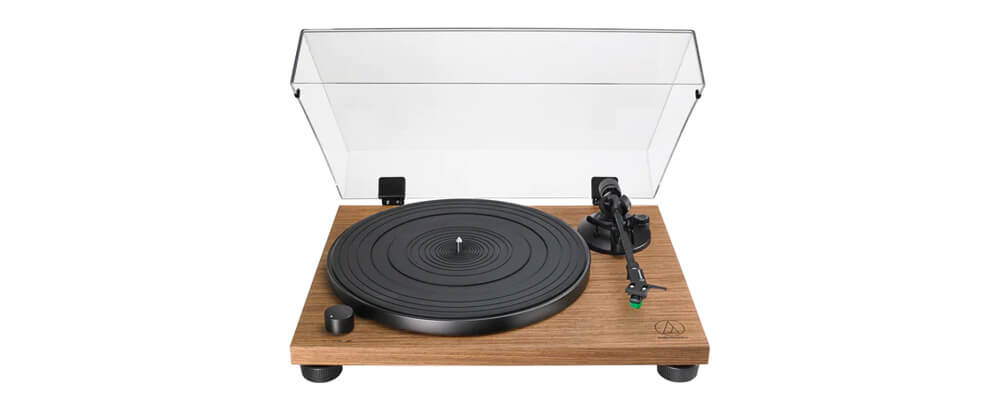
Let’s start with choosing a turntable. For the sake of convenience, we like turntables with features like a built-in phono preamp. This is so you have one less component to worry about. Turntables like the ones from Audio-Technica have just that, with the option to bypass the phono stage if you have your preamp.
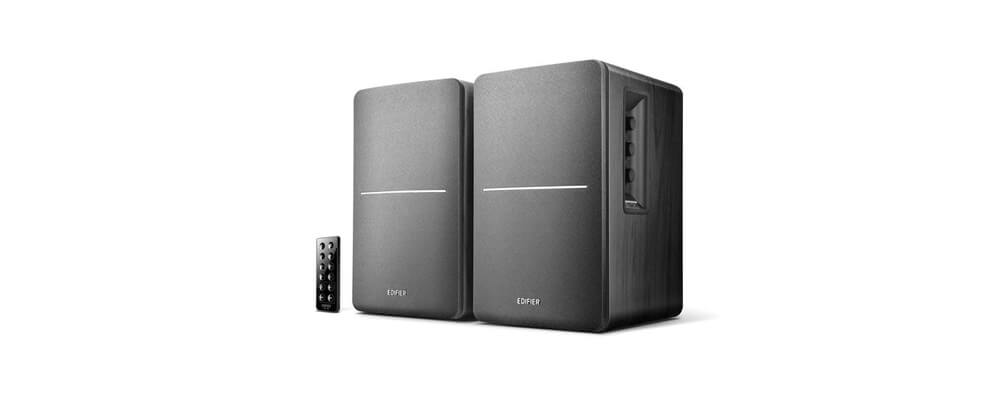
Then, you’ll need to connect it all to your speakers. Desktop or shelf speakers are great choices for record collectors and casual listeners who want a more nuanced sound. Some of their speakers even have Bluetooth capabilities if you want to stream music from your phone or laptop.
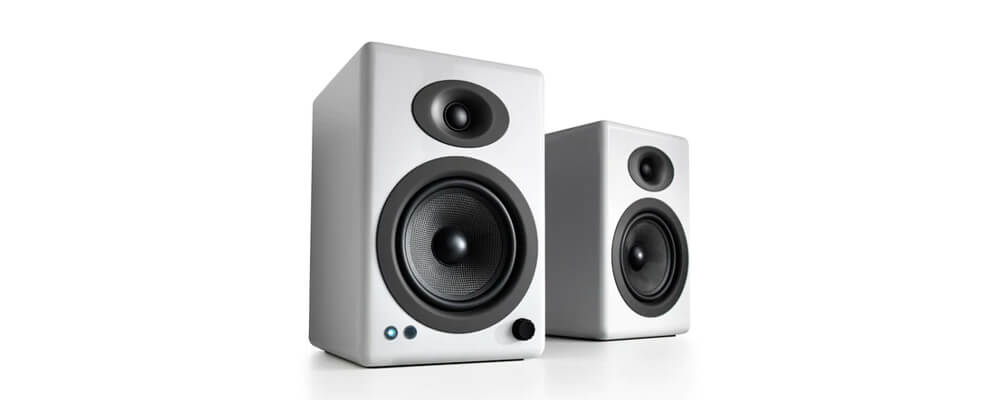
Taking Care of Your Vinyl Records
Vinyl records are expensive investments. It’s also one of the only formats that are likely to retain resale value over time. With this in mind, it’s vital to maintain your musical assets in good working order.
Unlike digital records, records are physical platters with pressed grooves. Any dust or dirt that builds up along these grooves degrades the quality of the music. This may cause audible crackling or induce your music to skip.
Part and parcel of owning vinyl is the care and maintenance that goes with it. To begin, it’s important to know how to store and handle your records.
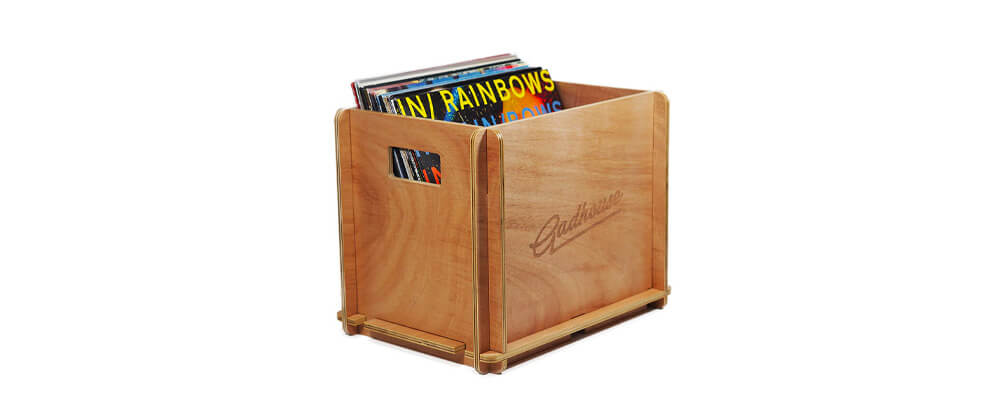
Store your vinyl in their sleeves upright and away from heat. Never stack them flat on top of each other – you don’t want your vinyl records to warp!
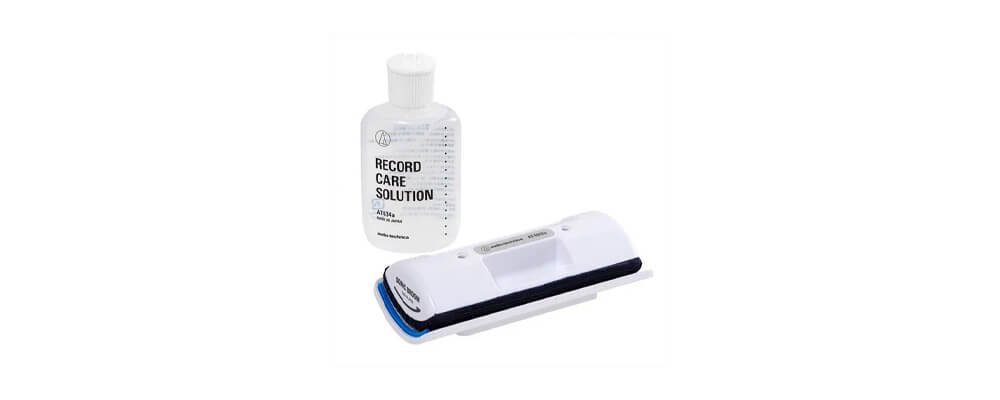
When handling your vinyl, gently remove it from its sleeve. Handle it carefully by its edges and keep your fingers off the grooves. Use a vinyl cleaning brush to remove any surface dust before and after playing. If your turntable has a lid, closing it will prevent dust from settling on the vinyl.
Come down to our flagship store or head on over to our online store to start your vinyl journey today. We’ve got thousands of vinyl titles across all genres – ranging from top hits to deep cuts. Got questions? We’re more than happy to guide you on the best setup for your needs.
FAQs:
How do I set up my turntable?
Start by placing the turntable on a stable surface away from speakers or any sources of vibrations. Then connect the turntable to a phono preamp or receiver using the appropriate cables. Make sure you use the correct cables as plugging your turntables with the wrong types may affect the sound quality.
Ensure the turntable is level and adjust the tracking force and anti-skate settings as per the manual’s instructions. Finally, connect the turntable to your audio system and you’re ready to play your vinyl records.
Why is my turntable producing a distorted sound?
Firstly, check if your turntable’s stylus is clean and not damaged. Clean it gently using a stylus brush or a specialised cleaning solution. Also, ensure the tracking force is appropriate according to the cartridge’s specifications. Additionally, verify that the cartridge alignment is correct and securely mounted on the tonearm.
Lastly, check if the turntable’s belt is in proper alignment and not worn out. If the belt is worn, replace it if necessary.
How do I maintain and care for my vinyl records?
Always handle records by their edges and avoid touching the playing surface. This prevents any damage to the grooves imprinted on your beloved platters. Also, be sure to store your records in a cool, dry place, away from direct sunlight and extreme temperatures.
Furthermore, use anti-static brushes or record cleaning solutions to remove dust and debris before playing. It’s also highly advisable to invest in inner and outer sleeves to protect the records from scratches and dust.
What does a turntable cartridge do?
You’ll find the turntable cartridge on the end of the tonearm of your record player. The cartridge includes the stylus (needle) that lowers onto the vinyl record. The cartridge translates the grooves of a record into a signal that can become sound.
The most common cartridge types are moving magnet (MM) and moving coil (MC) cartridges.
What speed should I play my vinyl record?
33 1/3 rpm and 45 rpm are the standard speeds for modern vinyl. As a rule of thumb, 45 rpm is usually the speed for 7-inch and 10-inch vinyl. Conversely, you’ll usually play a 12-inch record at 33 1/3 rpm.
Troubleshooting Tips:
1. Turntable not spinning:
- Check the power cord. Make sure the connection to the outlet is secure.
- Ensure the turntable’s power switch is on.
- Examine the rubber belt for any signs of wear or misalignment. Replace if necessary.
2. Skipping or jumping needle:
- Place the turntable on a stable surface, free of vibrations.
- Make sure the tracking force is appropriate. Adjust if needed.
- Clean the stylus and ensure there is no damage.
- Verify that the tonearm is properly balanced and not too light or heavy.
3. Excessive background noise:
- Ensure the turntable is properly grounded to minimise interference.
- Clean the stylus and records to reduce surface noise.
- Ensure the cartridge is secure.
Read more: Swee Lee Blog
